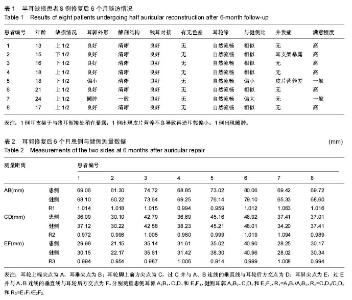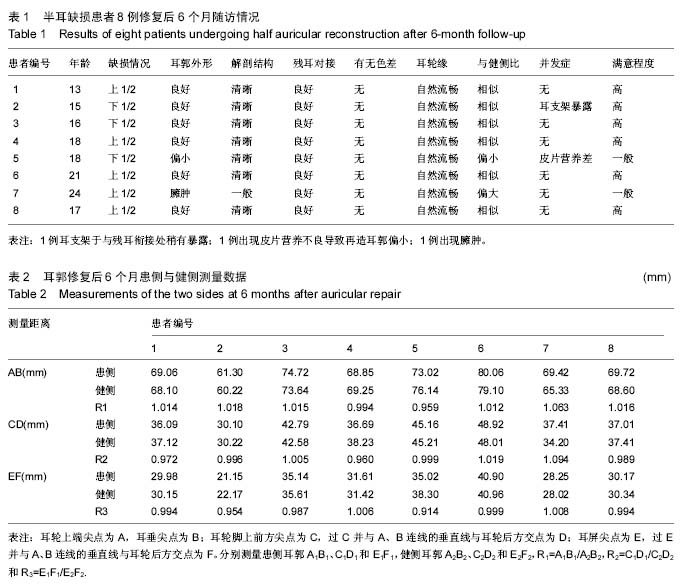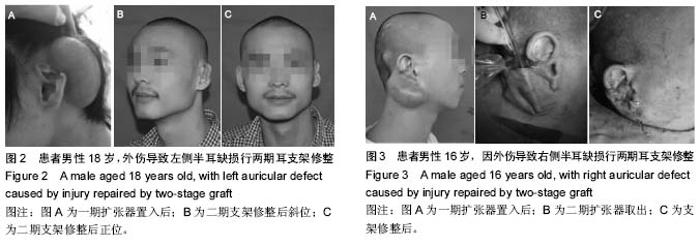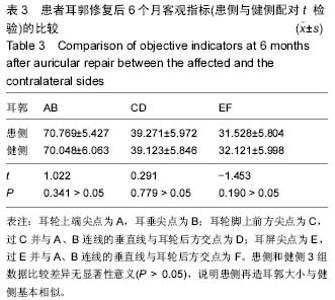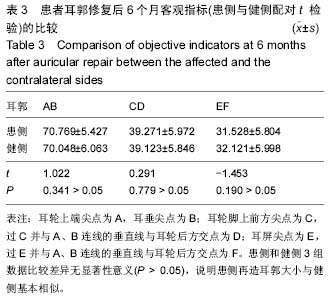Chinese Journal of Tissue Engineering Research ›› 2016, Vol. 20 ›› Issue (24): 3541-3548.doi: 10.3969/j.issn.2095-4344.2016.24.007
Previous Articles Next Articles
Application of acellular dermal matrix and expanded flap in half auricular reconstruction with rib cartilage grafts
Dong Hai-jiang, Wang Xi-mei, Wan Cheng, Li Xiang, Zhang Qiong-ge
- Department of Plastic Surgery, the First Affiliated Hospital of Zhengzhou University, Zhengzhou 450052, Henan Province, China
